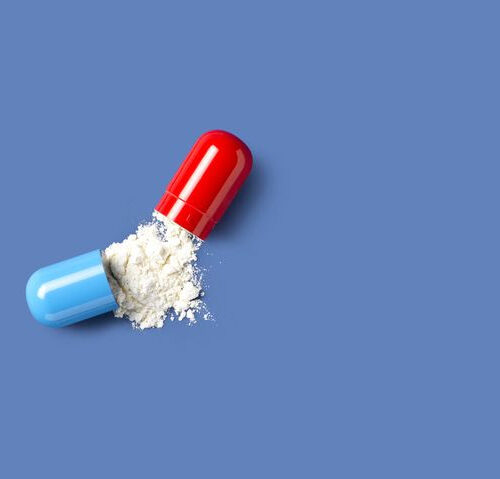Proteostasis describes the steady-state of a cell, maintaining an appropriate balance of various forms of protein machinery in order to enable continued normal function. With advancing age, proteostasis becomes disrupted in numerous complicated ways. This is a downstream outcome of underlying molecular damage, the reactions to that damage, and the immediate consequences of that damage....
Category: <span>Anti-aging</span>
Ferroptosis in Aging
Ferroptosis is a mode of programmed cell death that manages to be both fairly well explored in the broader research community and far less visible than other programmed cell death processes. It was first named and described a decade ago, though of course researchers have long explored aspects of its biochemistry. There is some thought...
Immune system ‘clock’ predicts illness and mortality
STANFORD MEDICINE You’re as old as your immune system. Investigators at the Stanford University School of Medicine and the Buck Institute for Research on Aging have built an inflammatory-aging clock that’s more accurate than the number of candles on your birthday cake in predicting how strong your immune system is, how soon you’ll become frail or whether...
“All the lonely people”: The impact of loneliness in old age on life and health expectancy
DUKE-NUS MEDICAL SCHOOL Singapore, 7 July 2021 – In 1966, The Beatles cemented the plight of lonely older people in the popular imagination with the iconic ‘Eleanor Rigby’, a song that turned pop music on its head when it stayed at number one on the British charts for four weeks. Today, the impact of loneliness...
The U.S. Military Is Testing a Pill That Could Delay Aging
BY CAROLINE DELBERT JUL 6, 2021 PETER DAZELEYGETTY IMAGES SOCOM is investing more money in clinical trials of anti-aging compounds. The chemical in question would be a nutraceutical for all cellular signs of age. It’s not clear in what specific ways this is likely to help U.S. military personnel. U.S. Special Operations Command (SOCOM), the organization that administers America’s...
LIFESPANS OF 130 YEARS COULD BE POSSIBLE THIS CENTURY
The number of people who live past the age of 100 has been on the rise for decades, up to nearly half a million people worldwide. There are, however, far fewer “supercentenarians,” people who live to age 110 or even longer. The oldest living person, Jeanne Calment of France, was 122 when she died in...
Hearing impairment tied to poorer physical function
Hearing impairment is associated with significantly poorer physical function and faster declines in physical function among older people over time compared with those with normal hearing, according to a study published online June 25 in JAMA Network Open. Pablo Martinez-Amezcua, M.D., Ph.D., from the Johns Hopkins Bloomberg School of Public Health in Baltimore, and colleagues used...
CD22 Inhibition Improves Microglia Function in Old Mice
Microglia are innate immune cells of the central nervous system, responsible for clearing harmful molecular waste, tracking down pathogens, and a range of other supporting roles in the function and tissue maintenance of the brain. Unfortunately, microglia are known to become dysfunctional with age: notable more inflammatory, and less capable when it comes to clearing protein aggregates such as the...
The sense of smell in older adults declines when it comes to meat, but not vanilla
UNIVERSITY OF COPENHAGEN – FACULTY OF SCIENCE Contrary to what science once suggested, older people with a declining sense of smell do not have comprehensively dampened olfactory ability for odors in general – it simply depends upon the type of odor. Researchers at the University of Copenhagen reached this conclusion after examining a large group...
Acid Ceramidase as a Potential Target for Future Senolytics
The accumulation of senescent cells is an important contributing cause of degenerative aging. This is not a recent discovery, enough was known 20 years ago for the first SENS rejuvenation research proposals to prominently feature the removal of senescent cells as an approach to treating aging as a medical condition, but it has only become...





